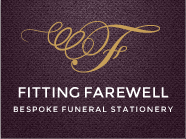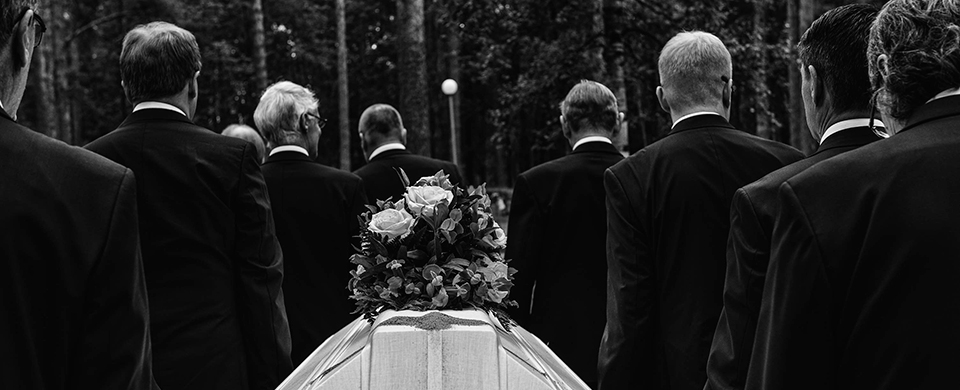Where Did Funeral Traditions Come From?
In this article, we look at where did funeral traditions come from? Funerals are a part of life and something that we will all likely attend at various times. The process might seem unusual, and you may have wondered where these funeral traditions started and how they came about. So we have put together some history surrounding some of the most common points for you.
The Obituary
Announced in local newspapers and now often on funeral directors websites, the obituary notice is often the way we find out someone we knew but may not have been that close to, has passed away. It was a tradition that started in America and here in the UK we followed about 300 years later, way back in the 16th century. Like all things, the popularity of specific formats has come and gone. For a while, they were written in verse. Now the format tends to just be an announcement, with instructions on the funeral, whether it is closed to family only, and who donations are being given to afterwards.
The Wearing of Black
Although again this is something that has been challenged in recent years, with bright colours and even fancy dress making an appearance at some funerals. Black dress is considered appropriate and to be worn if no instructions are offered from the family. This started in the Elizabethan times and culminated with Queen Victoria who wore black for well over two years following the death of her beloved Prince Albert. Nowadays unless instructed black or dark and plain clothing is considered respectful and a safe choice if you do not feel happy with any other suggestions.
The Funeral Procession
Not as common now, but you will often find that funeral directors walk off their premises with the director leading in his full mourning dress with his cane. The procession is often short, and they then drive to the crematorium or church. Again there may be a short procession followed by family and mourners here. This seems to date back to Roman times when a loud procession of wailing professional mourners were paid to act on the day. The richer you were, the larger and louder the procession. Now it is considered a quiet and respectful procession and sometimes passes the person’s work or sports venue, wherever they spent time. Royalty still has larger processions, for example, remember the funeral of Princess Diana where thousands lined the streets.
The Wake
Held after the funeral, and sometimes a chance for friends and colleague to pay their respects if the funeral was closed to family only. Held in many different venues from pubs to village halls and even the home of the deceased. Traditionally food and beverages will be served, and you can talk about the memories of the person who has passed. Sometimes there will be photos on display and other items that remind us of the person. This dates back to Anglo-Saxon times and was thought to be a main Christian tradition that has now become very popular in the UK.
Comments are closed.

